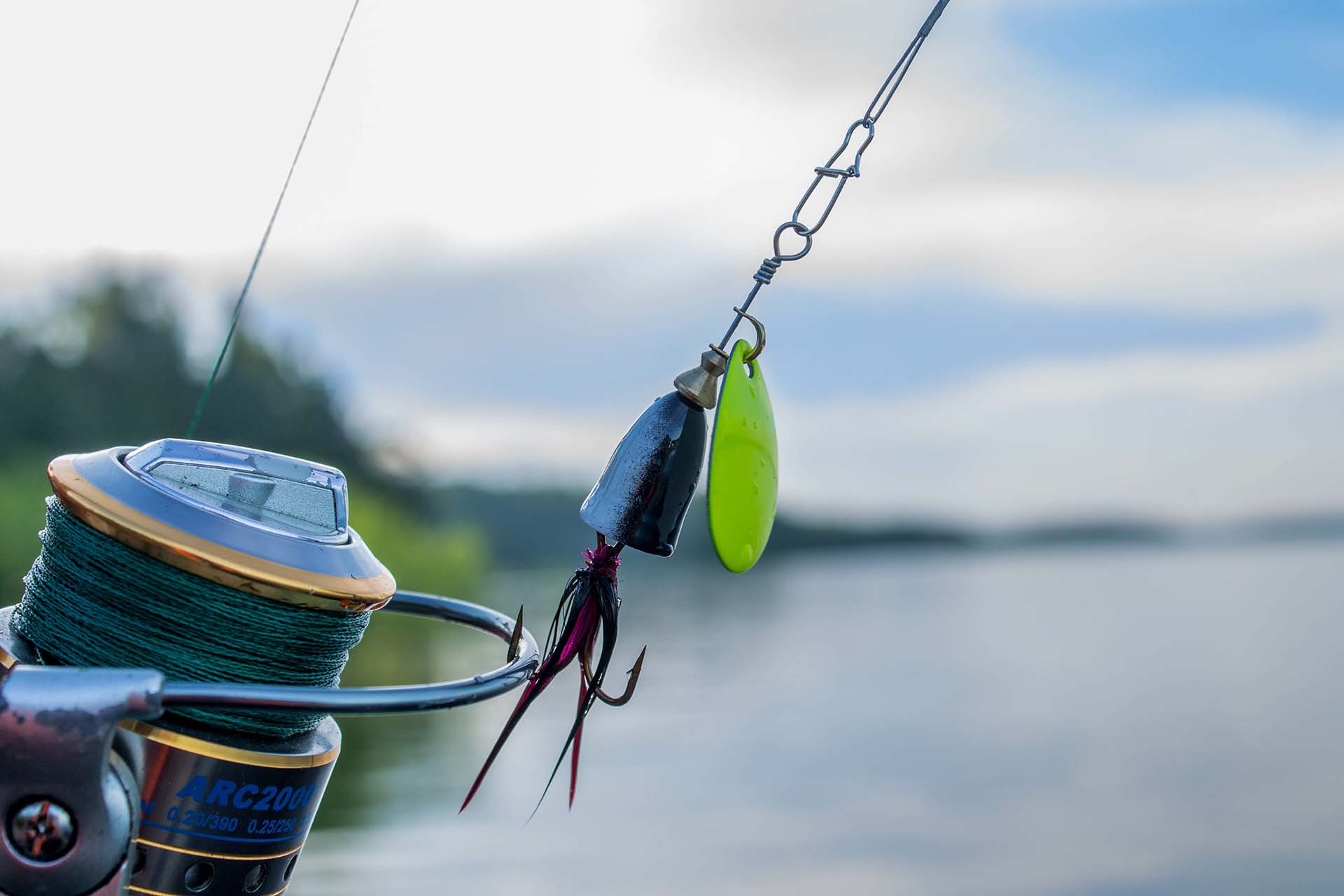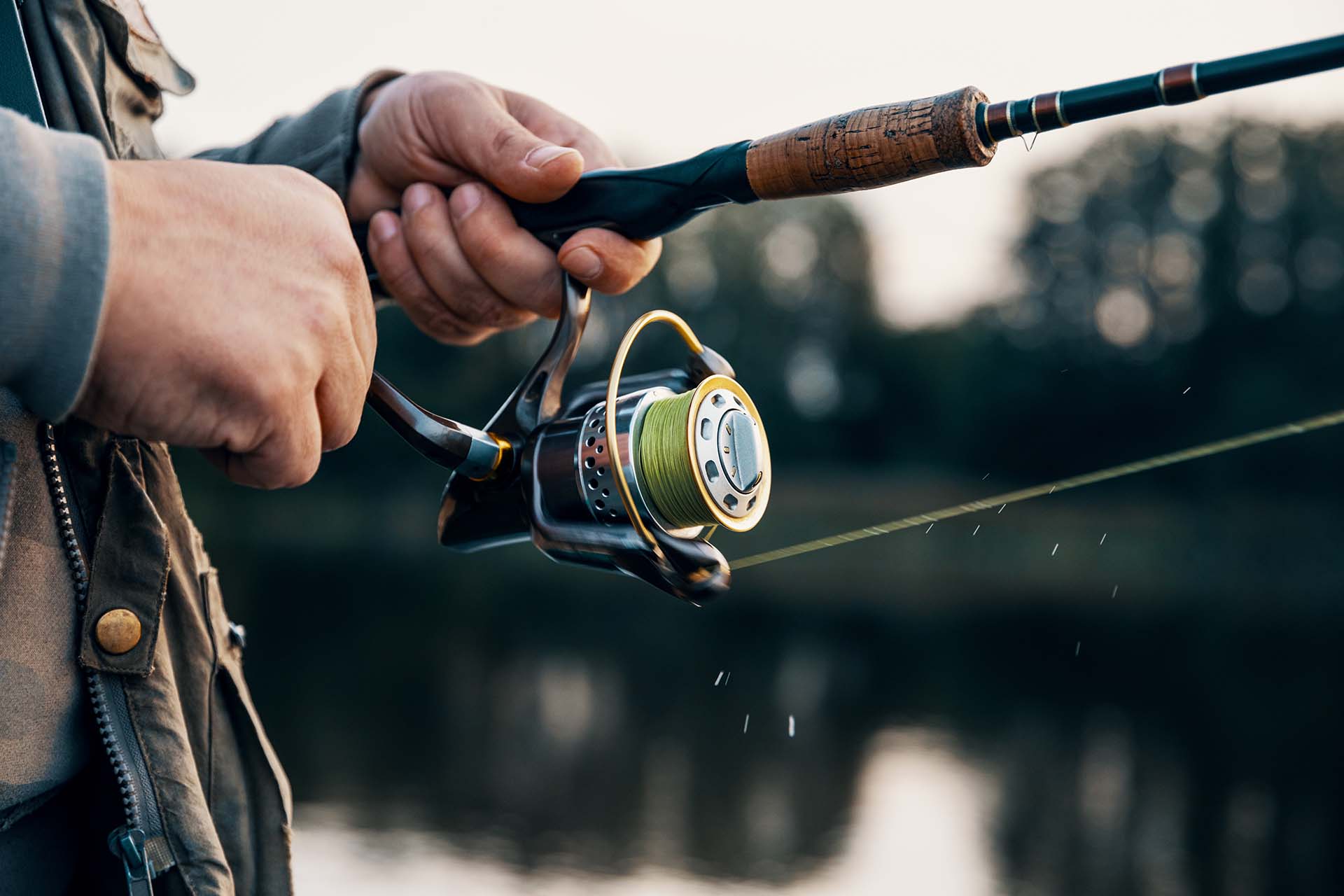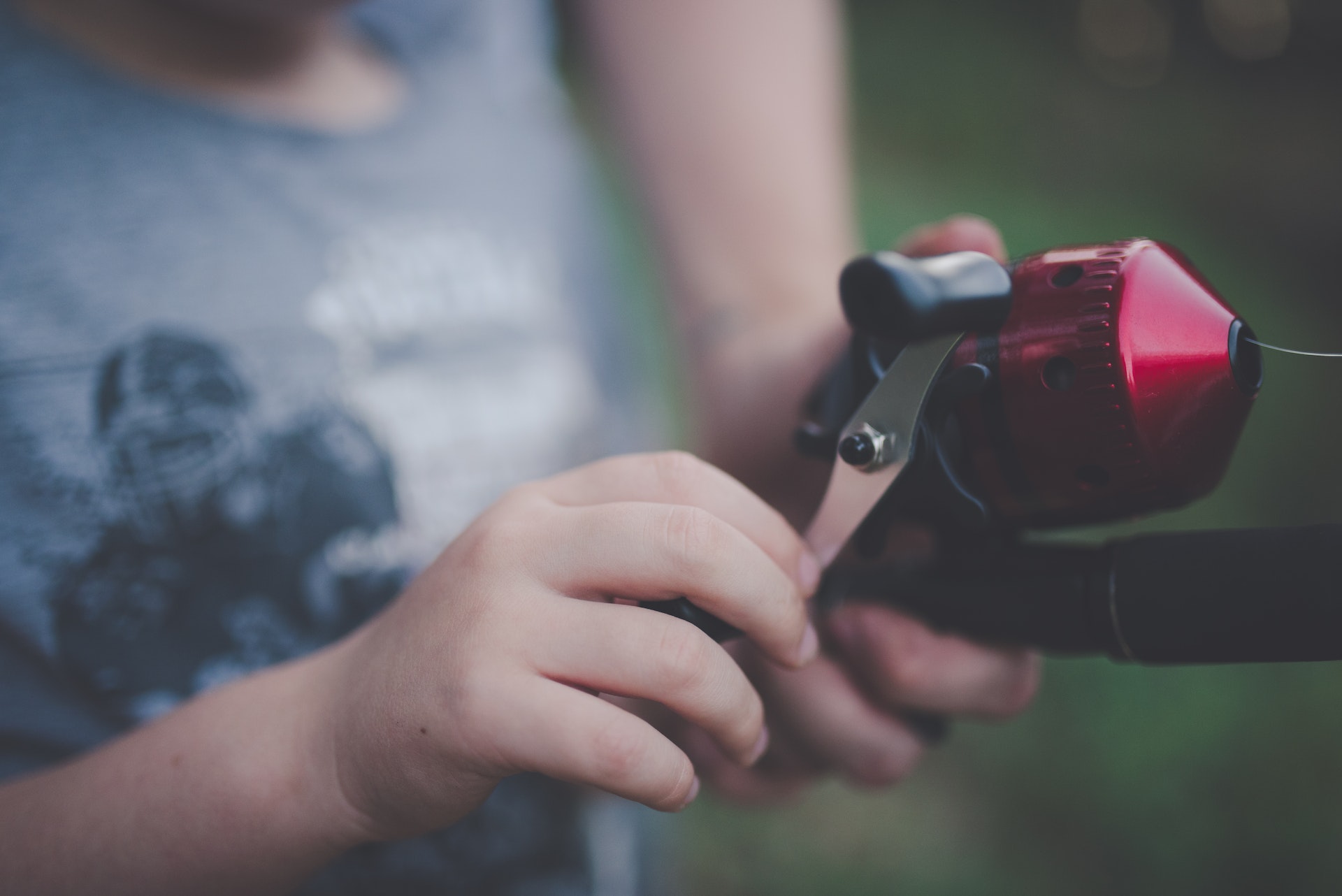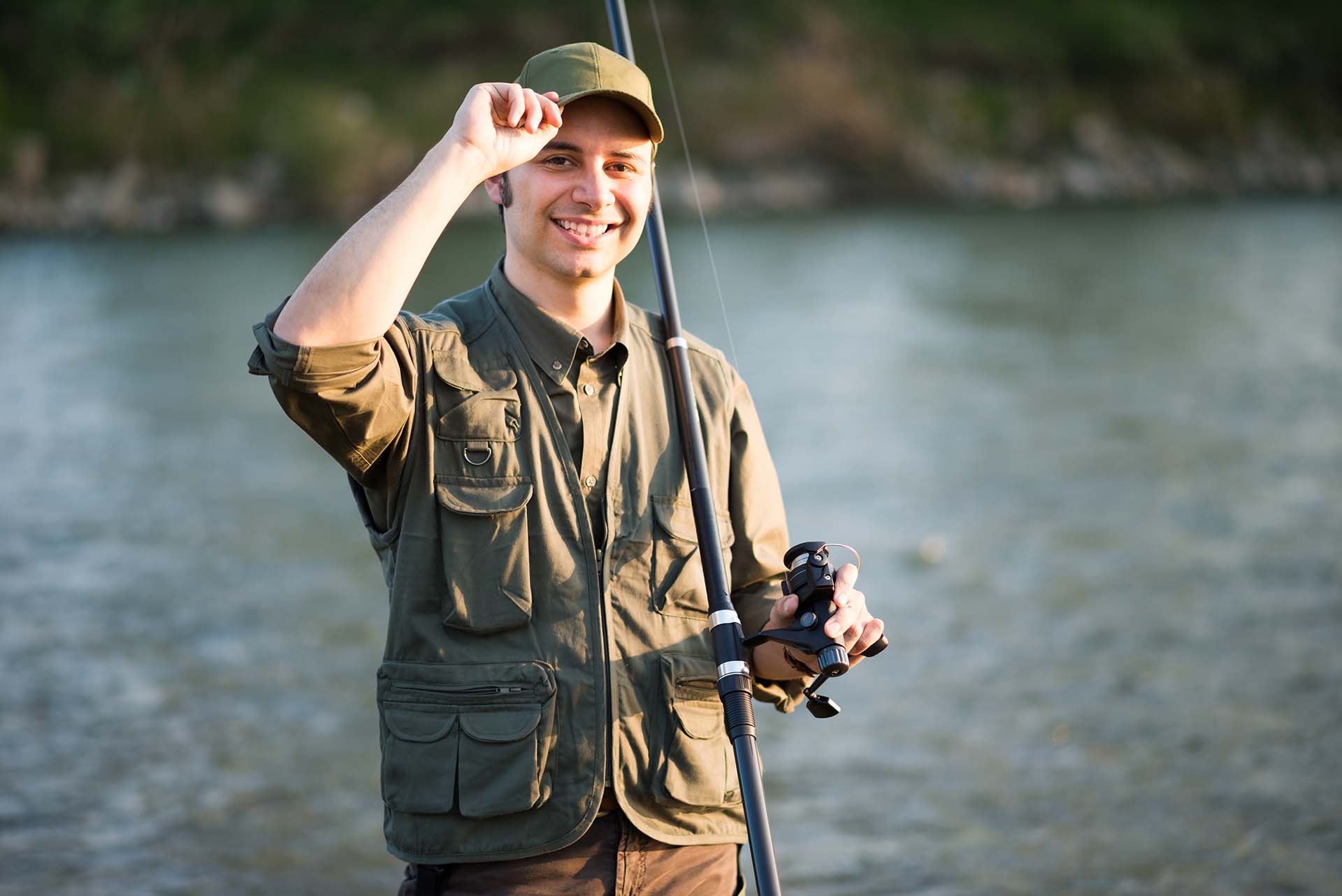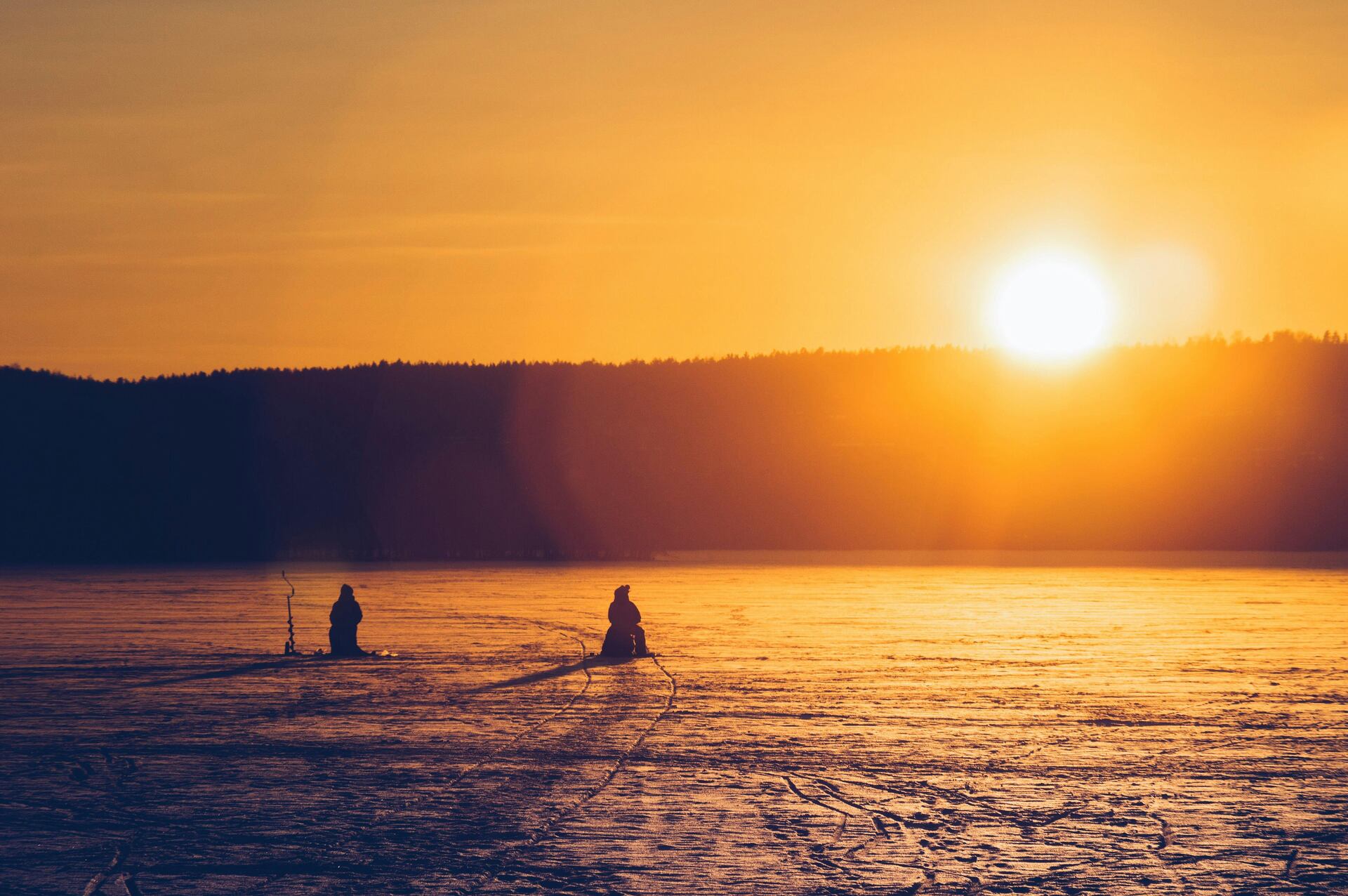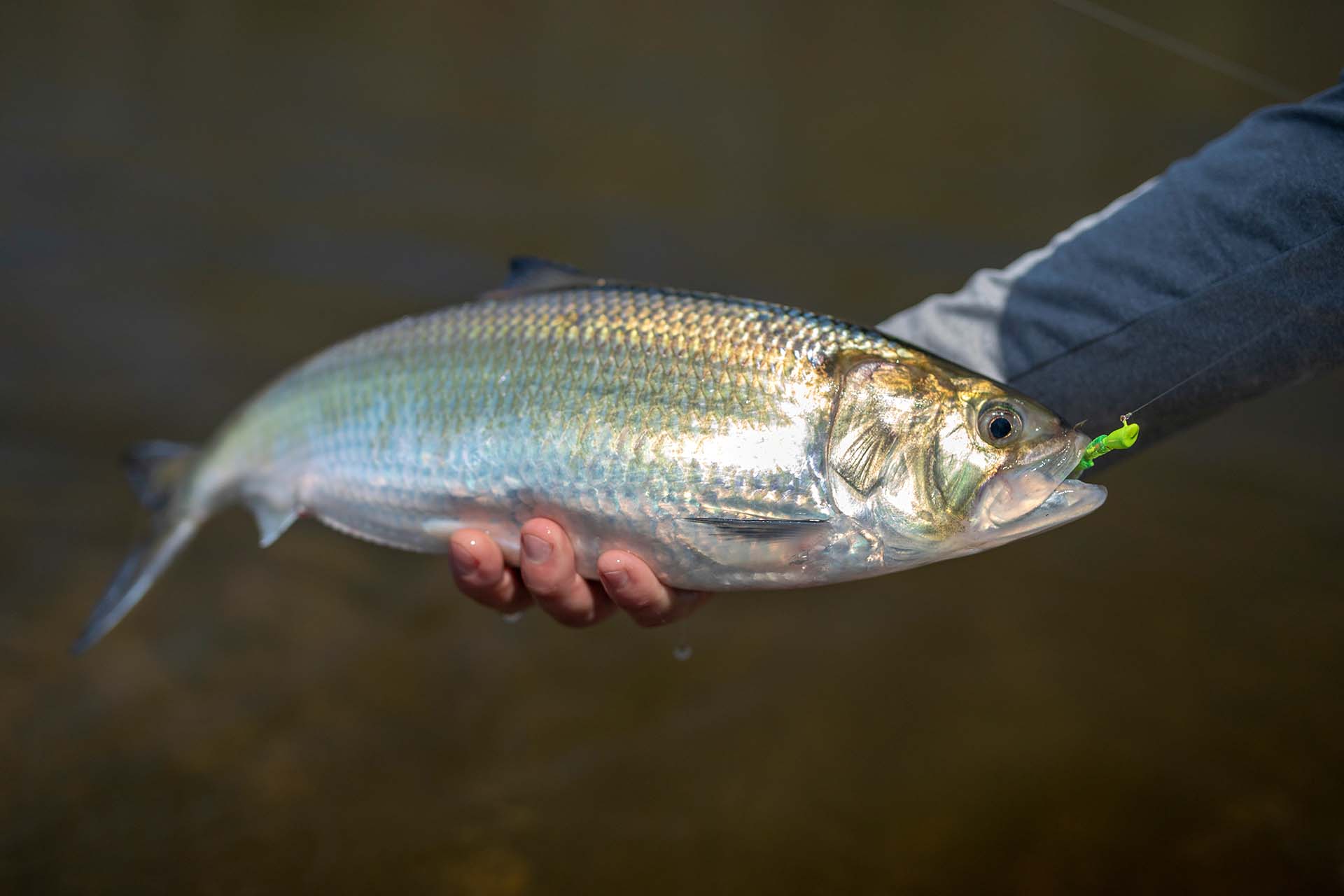Discover the secrets of how to catch whitefish, a favorite among anglers for its challenging catch and delightful flavor. We’ll unveil expert techniques and tips, tailored for both beginners and seasoned fishermen, to enhance your angling skills and ensure a successful expedition. Get ready for an enriching experience on the water, as we dive into the art of catching this prized fish.
How to Catch Whitefish
To catch whitefish, head to deep, cool waters, especially in late fall or winter. Use a medium-light rod with a spinning reel and braided line. Try jigging, drift fishing, or fly fishing techniques with small minnows or jigs as bait. Use fishfinders and GPS to locate them easily. Handle them gently and release them safely for sustainability. With patience and the right approach, catching whitefish can be a rewarding experience.
If you are not sure how to find and catch whitefish we are here to offer you some tried and tested angling tips and techniques. We’ll highlight key aspects such as understanding their natural habitat, employing effective fishing techniques, choosing the right gear, and selecting the best bait for whitefish.
We also provide insights on the optimal whitefish fishing seasons and places to catch them, enriched with valuable whitefish fishing tips from seasoned anglers. Whether you’re a novice or an experienced fisherman, we will help you amp up your whitefish angling strategies.
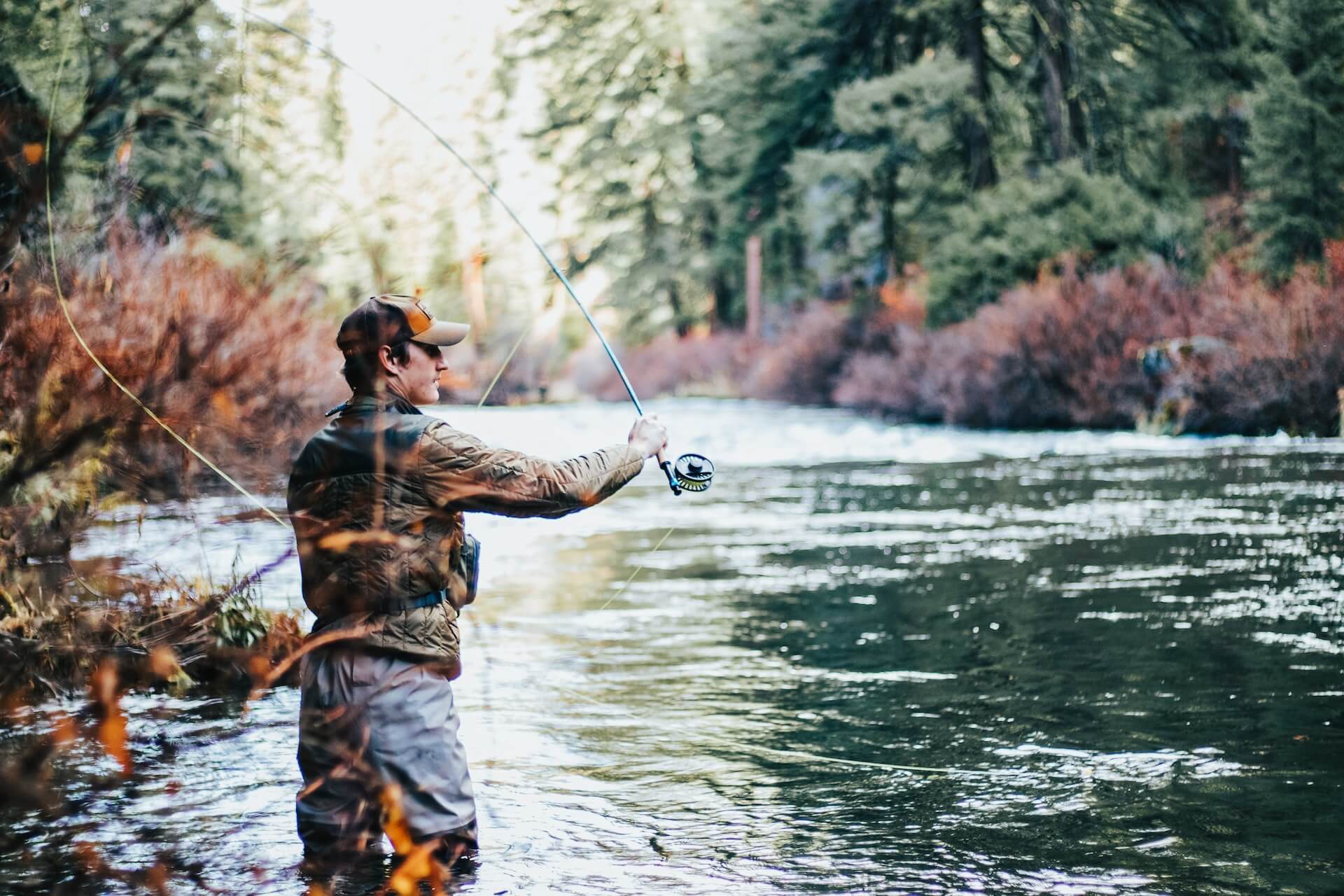
Understanding Whitefish Is a Must
Gaining a deep understanding of this species is crucial for any angler looking to master their catch. Whitefish, primarily belonging to the family Salmonidae, are known for their elongated bodies and small heads. These species, including the popular Lake and Mountain Whitefish, thrive in cold, freshwater environments like northern lakes and rivers.
Habitat-wise, they favor deep, cool waters, often found at depths where the temperature is just right for their survival. They tend to migrate upstream for spawning, making specific river sections particularly abundant in some seasons.
Behaviorally, they are schooling fish, often moving in large groups. This social habit makes them a fascinating target for anglers, as locating one often leads to finding many. Their diet primarily consists of small aquatic organisms, which influences the choice of bait and lures for fishing. Size varies among species, with some growing up to 20 inches, offering a substantial reward for the patient fisherman.
The best seasons for angling them are typically late fall and winter. They are more active and feed closer to the surface during these cooler months, making them more accessible. As for the best times of day, early morning and late evening, when the light is low, are ideal. They tend to feed more actively during these periods, increasing the chances of a successful catch.
How to Catch Whitefish in the Summer?
Catching these species in the summer, especially given their preference for colder waters, requires a strategic approach. During the warmer months, they tend to move to deeper, cooler parts of lakes and rivers to stay comfortable. Here are some tips to increase your chances of success:
- Go deep – since they retreat to deeper waters in summer, focus on angling there. Using a fishfinder can be especially helpful in locating them.
- Early morning or late evening – fish during the cooler parts of the day, such as early morning or late evening. Whitefish are more likely to feed actively during these times when the surface water is slightly cooler.
- Use appropriate gear – opt for an angling setup that allows you to reach deeper waters. This might include a heavier line, downriggers, or weighted lures to get your bait to the desired depth.
- Be patient and persistent – these species might be less active in summer, so patience is key. Be prepared to spend more time and try different spots before you find them.
- Pay attention to oxygen levels – in summer, the oxygen levels can be lower in deeper water. These species will be located in areas where the oxygen is sufficient, so look for signs of active fish or use a sonar to help identify these spots.
- Keep an eye on the temperature – use a thermometer to find the thermocline in the lake, which is the layer where warm and cold water meets. This species often stays near this area in summer.
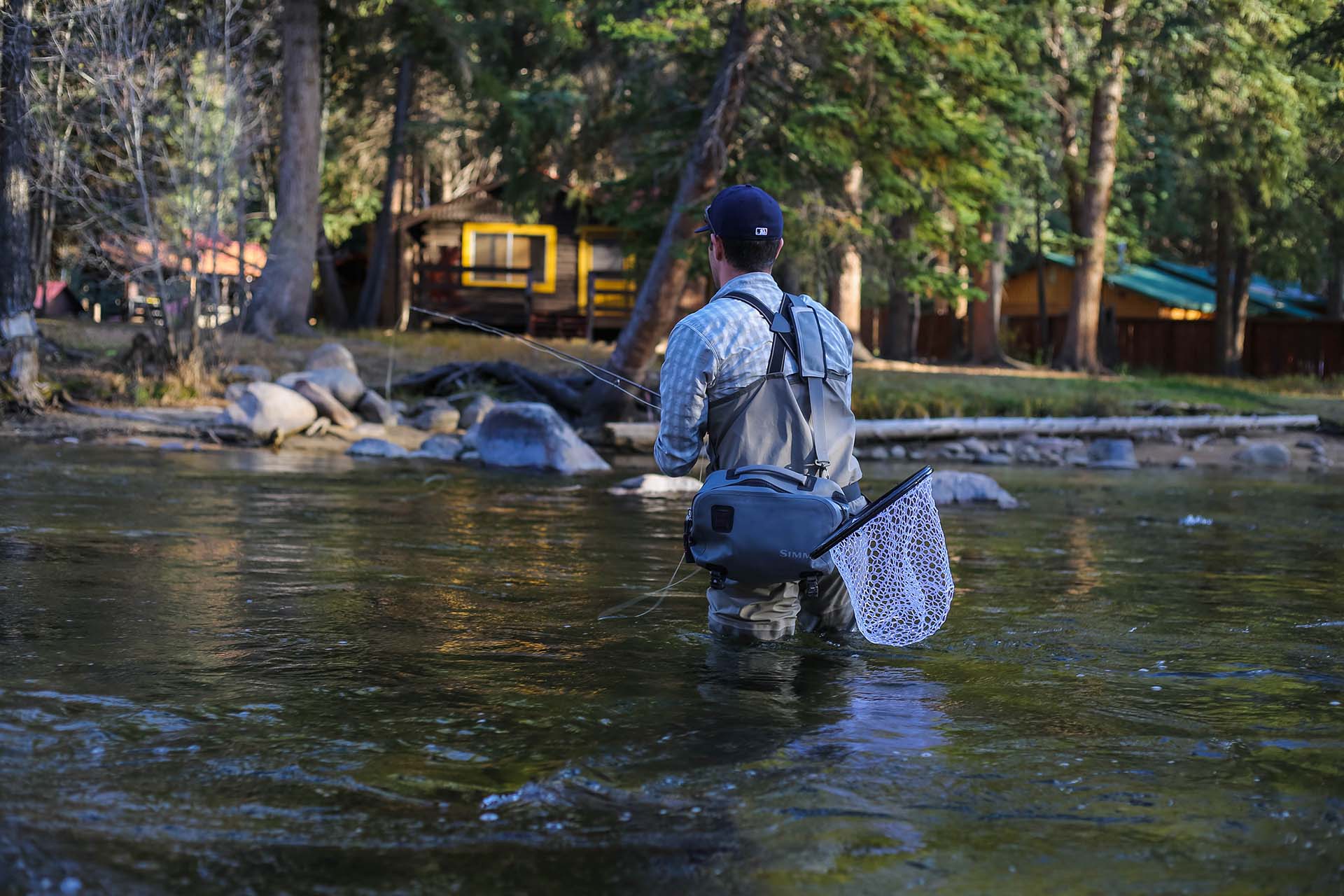
This Is an Essential Whitefish Fishing Gear
Having the right gear is pivotal in angling. The correct equipment not only enhances your chances of a successful catch but also ensures a more enjoyable and efficient angling process. By understanding and choosing the best gear suited for this species, you can significantly improve your technique and success.
These Are the Best Specifications for Different Rods and Reels Types
When it comes to rods and reels, angling these species requires specific considerations. The ideal rod should have a balance of flexibility and strength, allowing both sensitivity to bites and the ability to reel in potentially large catches.
A medium-light to medium-action graphite rod is ideal for catching this species. The length should be around 6.5 to 7.5 feet. This provides enough sensitivity to feel the light bite, while still having enough backbone to handle the fish.
The best reels, on the other hand, should offer smooth operation and reliable drag systems. A spinning reel (such as KastKing Sharky III) is usually the best choice due to its simplicity and suitability for the lighter lines typically used for this type of angling.
Best Lines and Tackles for Catching Whitefish
The choice of line and tackle can make a significant difference. Braided lines, 6-10 pound test range, are a good option due to their sensitivity and lack of stretch, which helps in detecting bites.
However, because they are visible in water, it’s advisable to use a fluorocarbon line, which is nearly invisible and has good abrasion resistance. Tackles such as hooks, weights, and leaders must be chosen with precision, ensuring they are appropriate for the size and type of fish you are targeting.
Consider These Effective Baits and Lure Options
Bait and lure selection is critical in attracting these species. Given their diet and feeding habits, certain baits and lures are more effective than others. Live baits like small minnows, spawn sacs, and waxworms are excellent and irresistible choices.
Artificial lures, on the other hand, should mimic their natural prey and be designed to provoke a strike. Jigs, small spoons, and spinners are effective.
Locating Whitefish Can Be Easy With the Right Knowledge and Tools
These fish have specific habitat preferences and behaviors that, once understood, can greatly increase your chances of locating them. By focusing on their preferred environments and employing modern technology, anglers can target them more efficiently.
They prefer deep, cool waters, especially during warmer months. Understanding the depth at which they are likely to be found is crucial. In lakes, they might be closer to the bottom, while in rivers, they often gather in deeper pools or areas with slower currents. Seasonal changes also affect their location. For instance, they move to shallower waters for spawning.
Modern technology, like fishfinders and GPS, is a game-changer in locating your catch. Fishfinders use sonar technology to detect fish and provide information about the underwater environment. They will give you info on depth and surrounding structure, which is invaluable in identifying potential hotspots.
GPS systems can be used to mark these spots for future reference. Combining the data from these devices can significantly reduce the time and guesswork involved in finding your catch, allowing a more focused and productive angling experience.
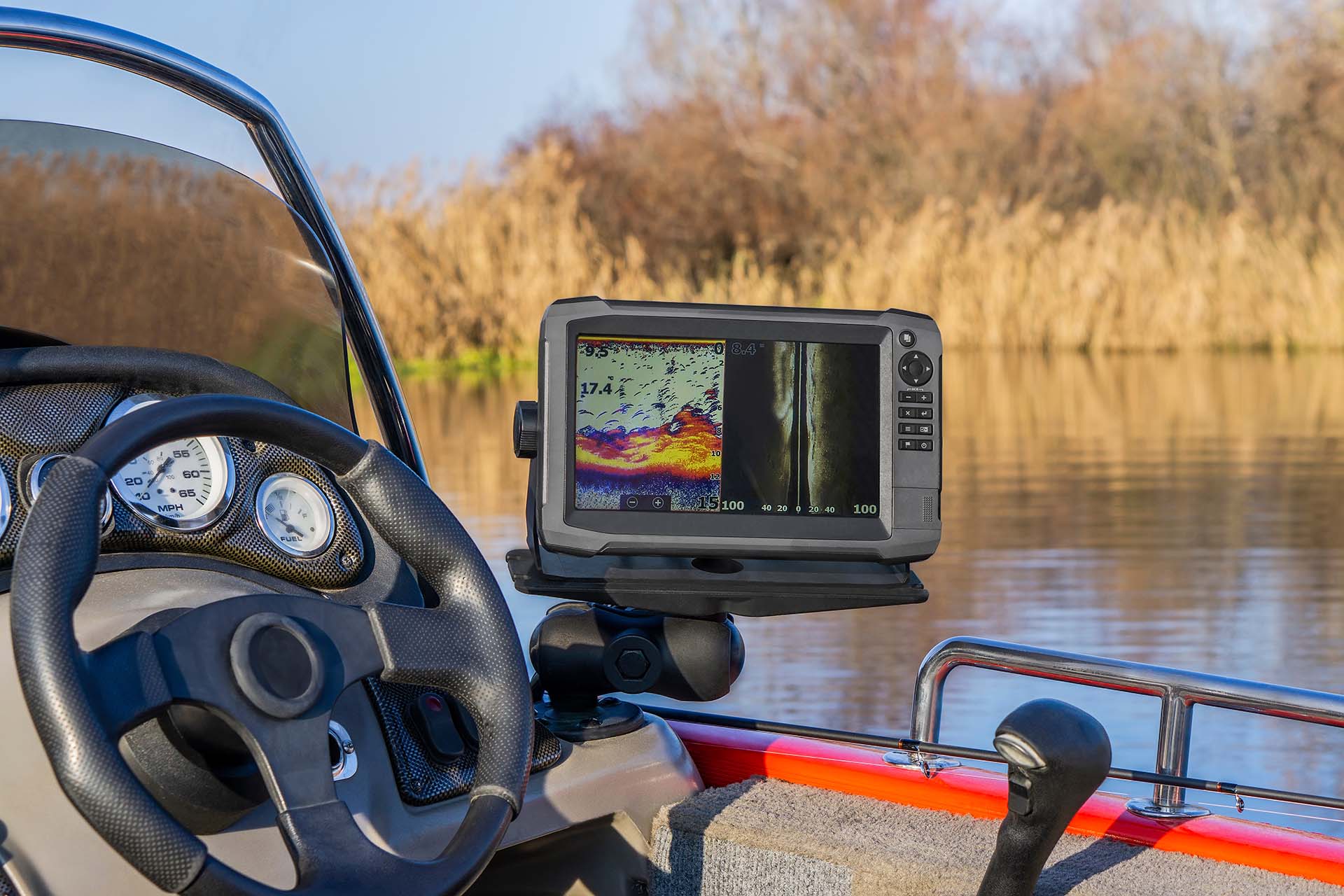
These Are the Best Fishing Techniques for Whitefish
Each technique offers a unique approach to luring these fish, taking into account their behavior, preferred habitat, and feeding patterns. By understanding and mastering different methods, you can adapt to various conditions and increase your chances of a rewarding catch.
Jigging for Whitefish Will Bring You Success
The jigging method involves using a jig – a type of lure that mimics the movement of small fish or invertebrates. The key to successful jigging is the motion as a rhythmic up-and-down movement can entice catch to hook.
Drift Fishing Whitefish Tricks and Tips
Drift angling is another effective technique, particularly in rivers or streams where this species is common. This method involves allowing your bait or lure to drift naturally with the current, mimicking the movement of prey. It’s essential to understand the river’s flow and how to position your boat or yourself along the current.
Fly Fishing Whitefish Equipment and Strategies
Fly fishing requires specific equipment, such as a fly rod, reel, and specialized flies. The key to success lies in choosing the right type of flies, typically those that imitate aquatic insects or small baitfish. Selecting the right equipment and perfecting your casting technique will increase your effectiveness in scoring a catch.
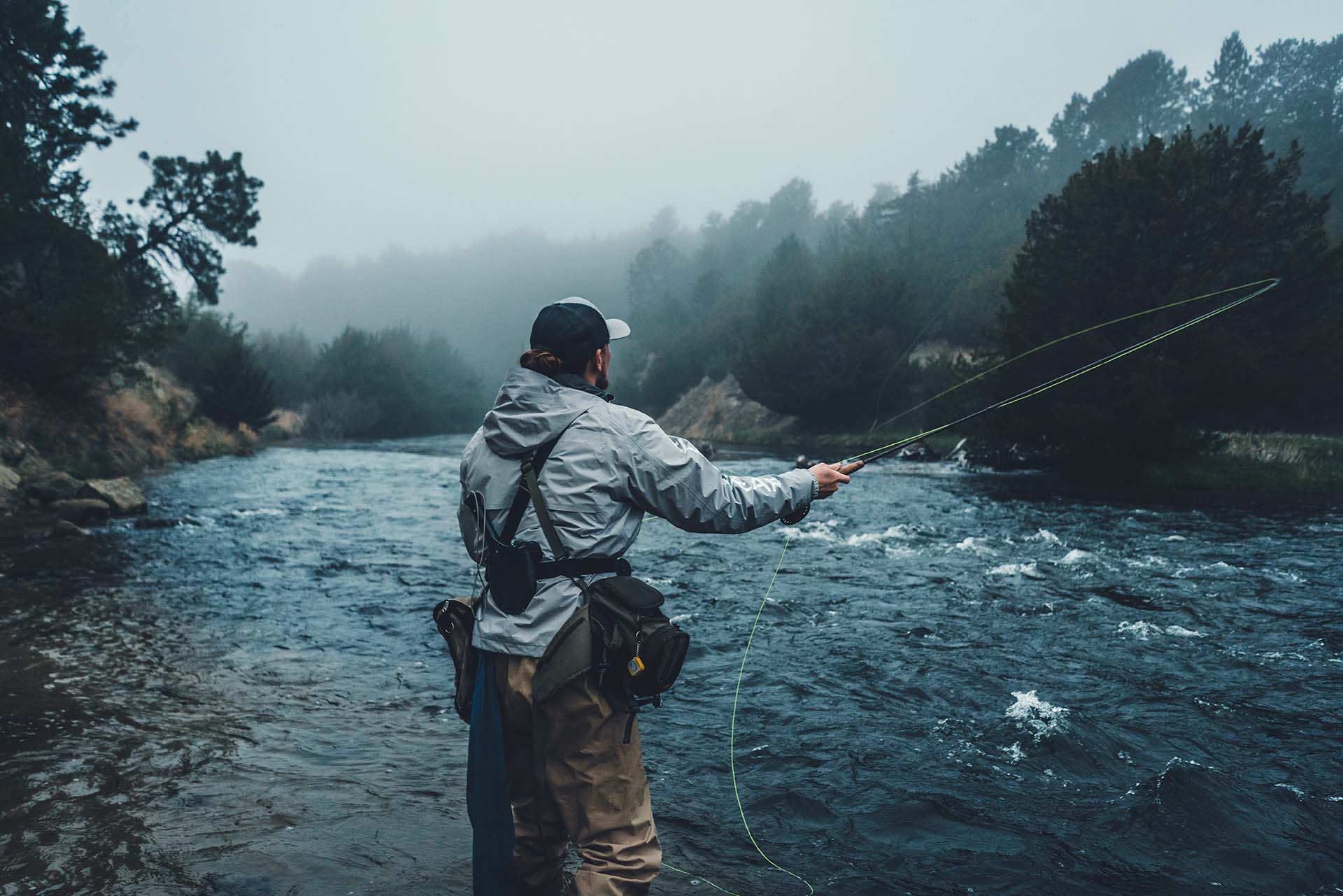
Handling and Catch and Release Whitefish Practices
Ensuring the survival of each species after catch and release is not only ethical but crucial for their sustainability. The way anglers handle their catch can significantly impact its survival rates.
Use wet hands or a wet cloth to handle the fish, as dry hands can remove their protective slime coating. Support them horizontally rather than holding them by the mouth or gills. Safely remove the hook and try to minimize the time they spend out of water.
Assess and Adapt These Expert Tips and Tricks
Angling, at its core, is an experimental adventure. Each cast teaches something new, and each day on the water brings its lessons. That’s why the importance of interacting with seasoned anglers cannot be overstated. Their wealth of experience offers invaluable insights that go beyond any written guide.
Likewise, staying connected with local specialized stores keeps you informed about the latest innovations and regional angling updates. Embrace these resources, and allow yourself the time and patience to integrate new techniques and gear into your repertoire. Remember, the path to becoming an adept angler is all about the depth of your understanding and relationship with the environment.
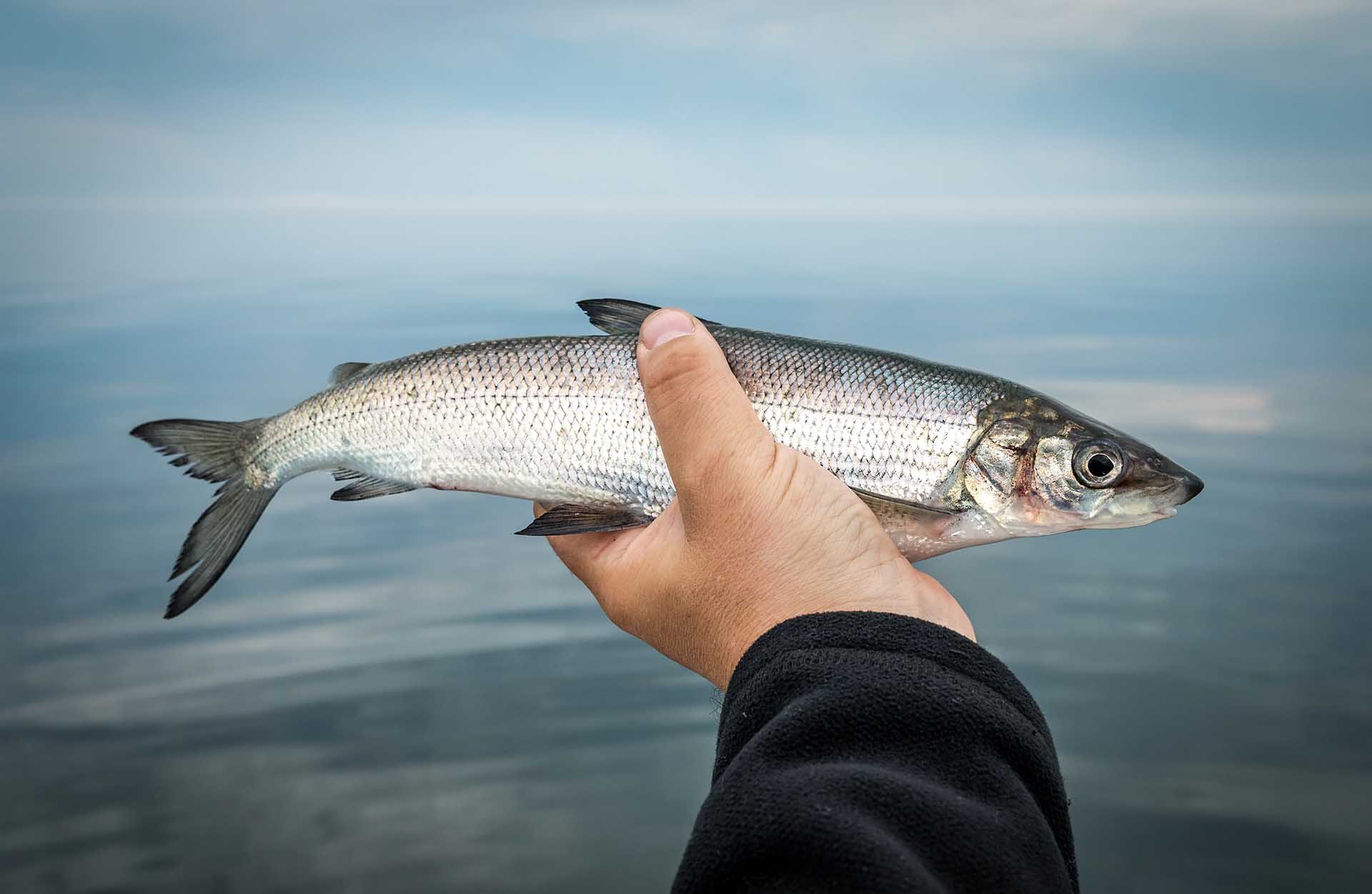
Angling for Whitefish Demands Respect, Patience, and Mastering the Skill
Now, all there is left to do is to reflect on this journey we’ve embarked upon. Angling for whitefish is not just about the thrill of the catch. It’s a respectful engagement with nature that demands skill, patience, and an ethical approach.
From selecting the right gear to understanding the importance of catch and release practices, we’ve covered all the essentials that will enhance your whole experience. Embrace these tips and strategies, adapt to the water rhythm, respect its inhabitants, and enjoy this exhilarating pursuit. Remember, each angling trip is an opportunity to learn and grow as a fisherman. So, we wish you tight lines and happy fishing!


